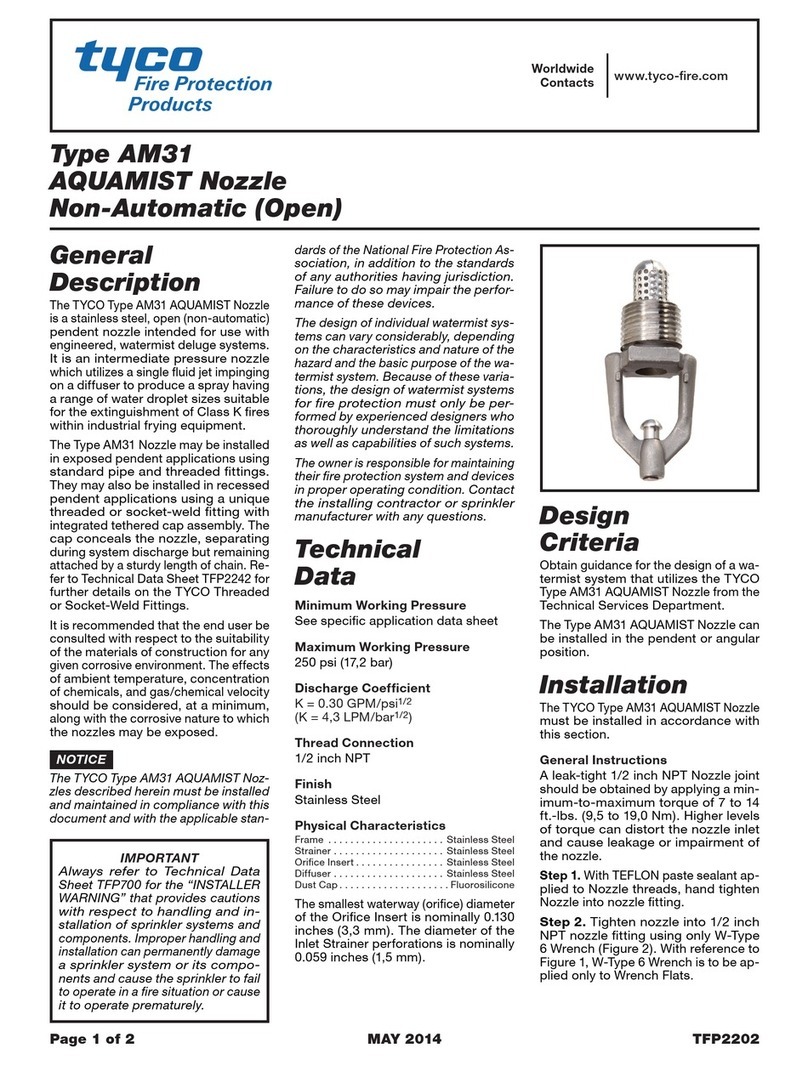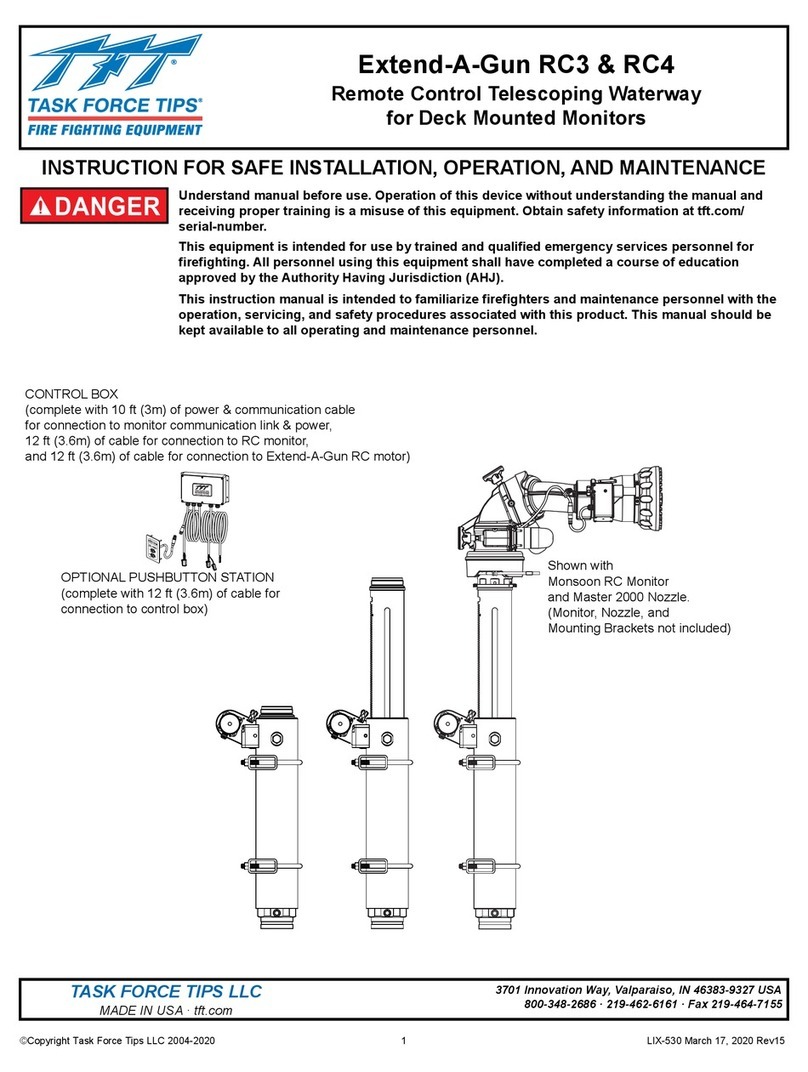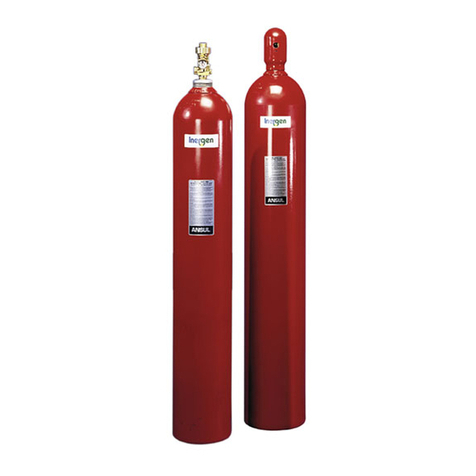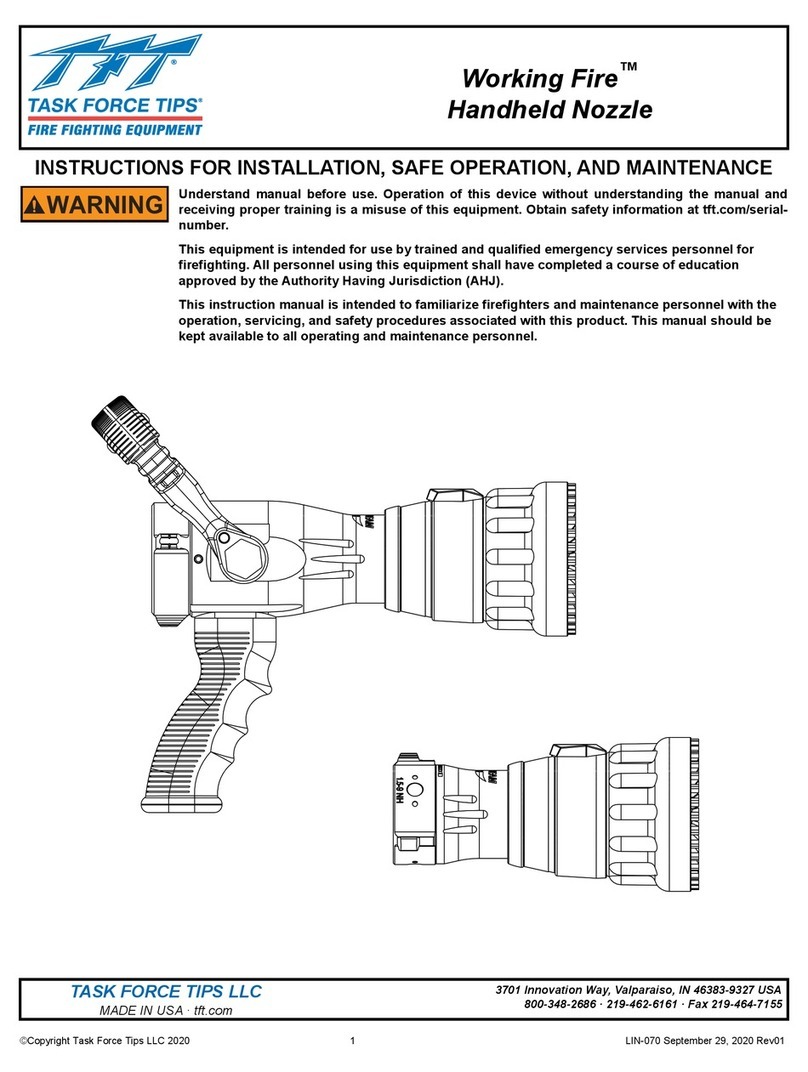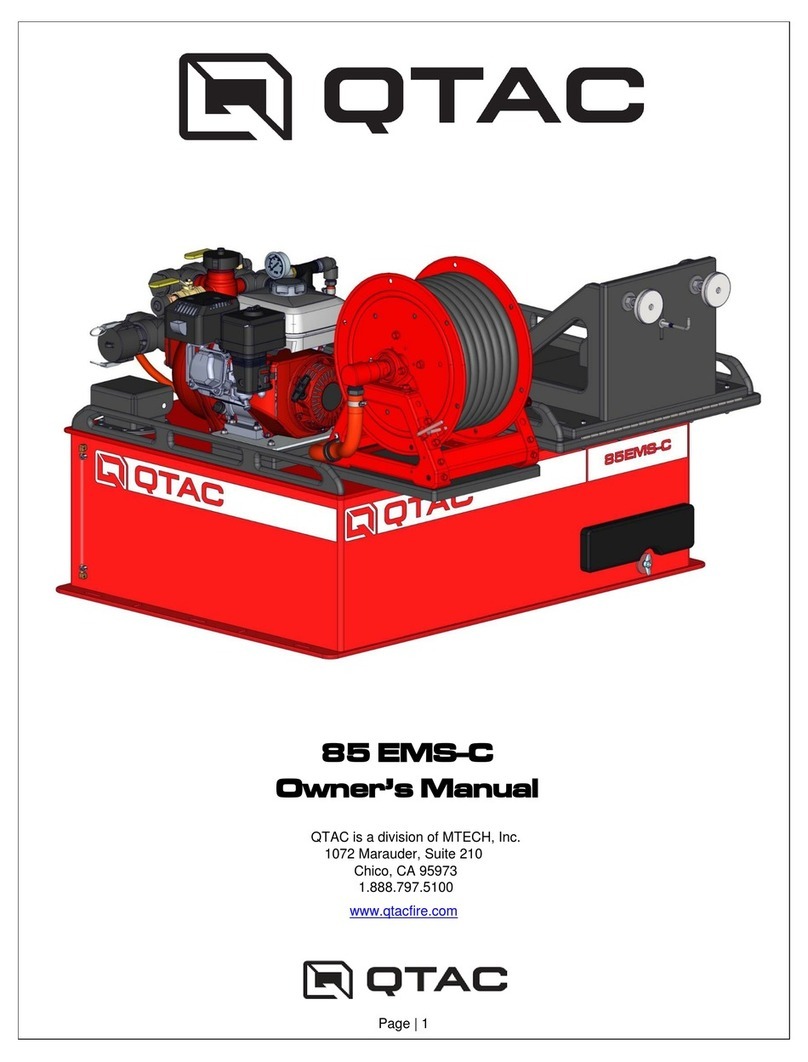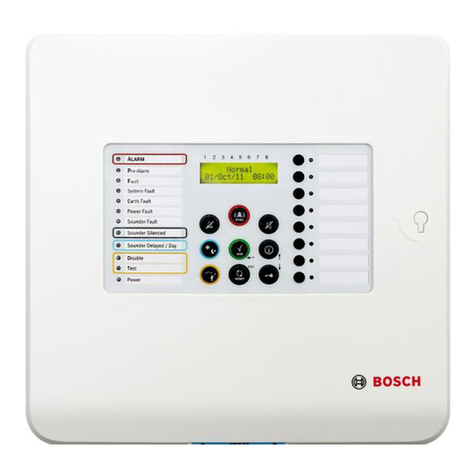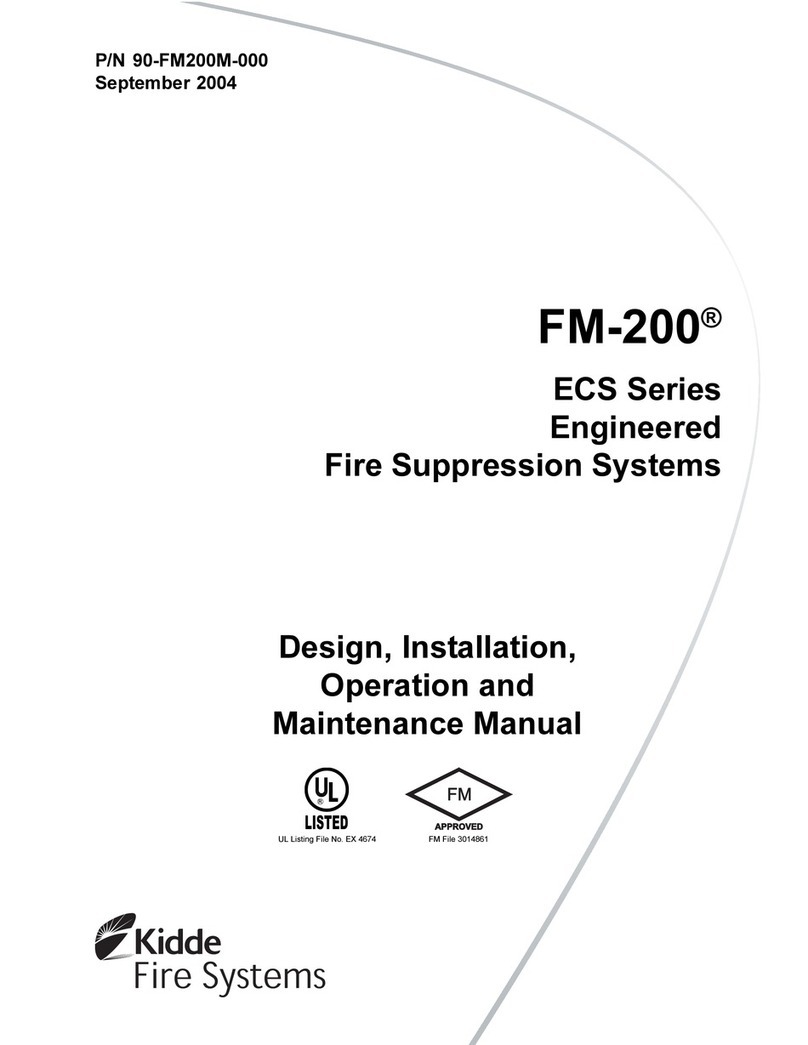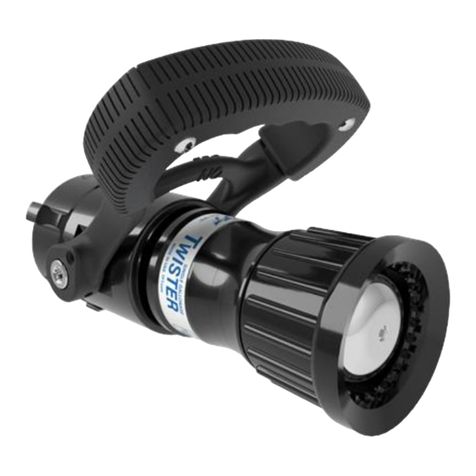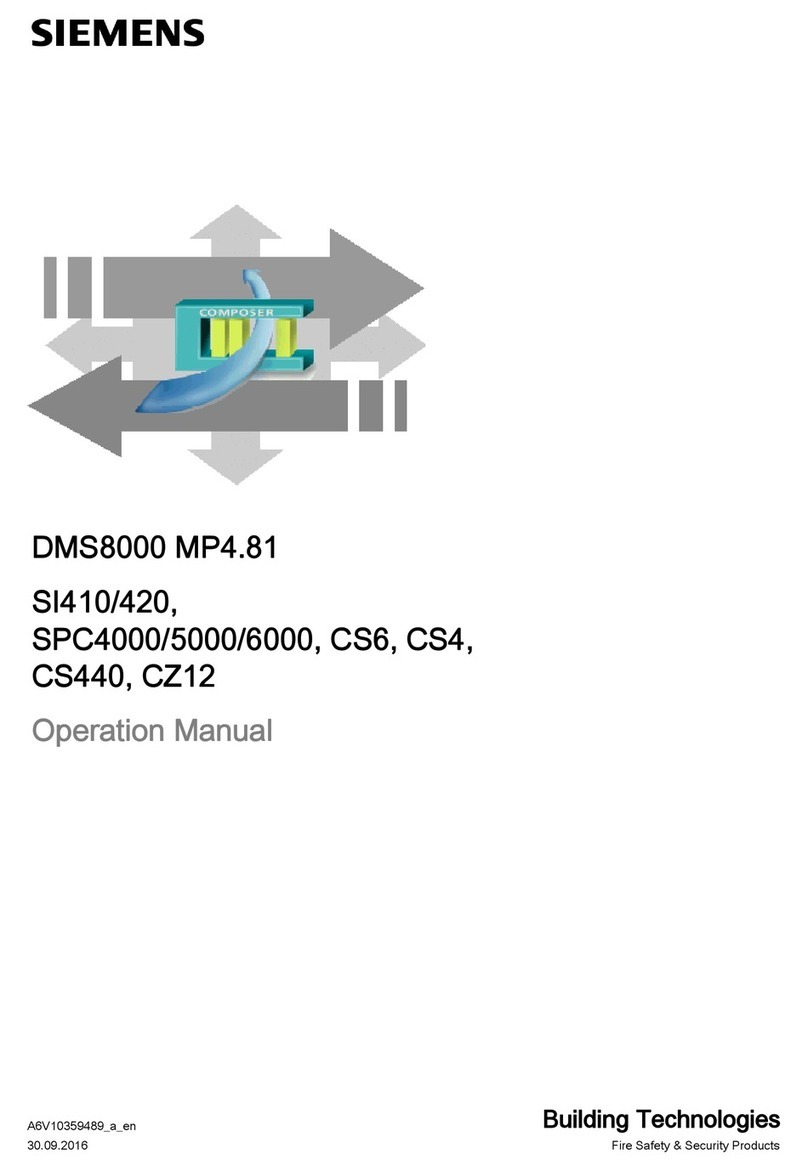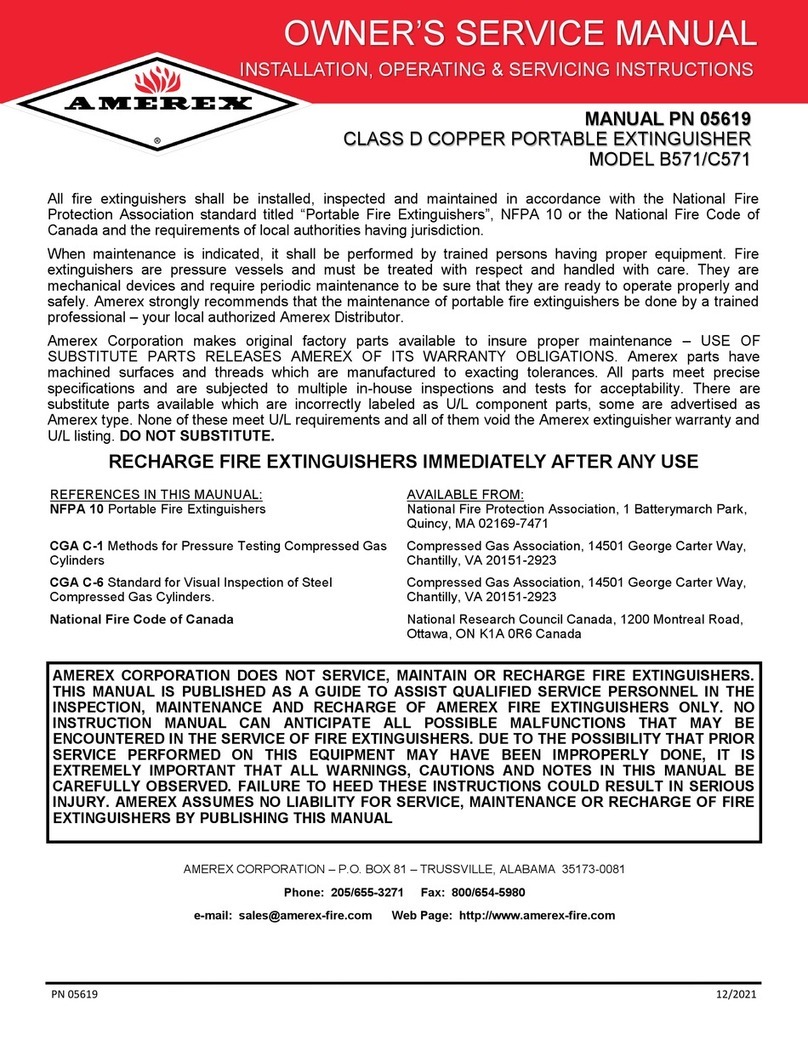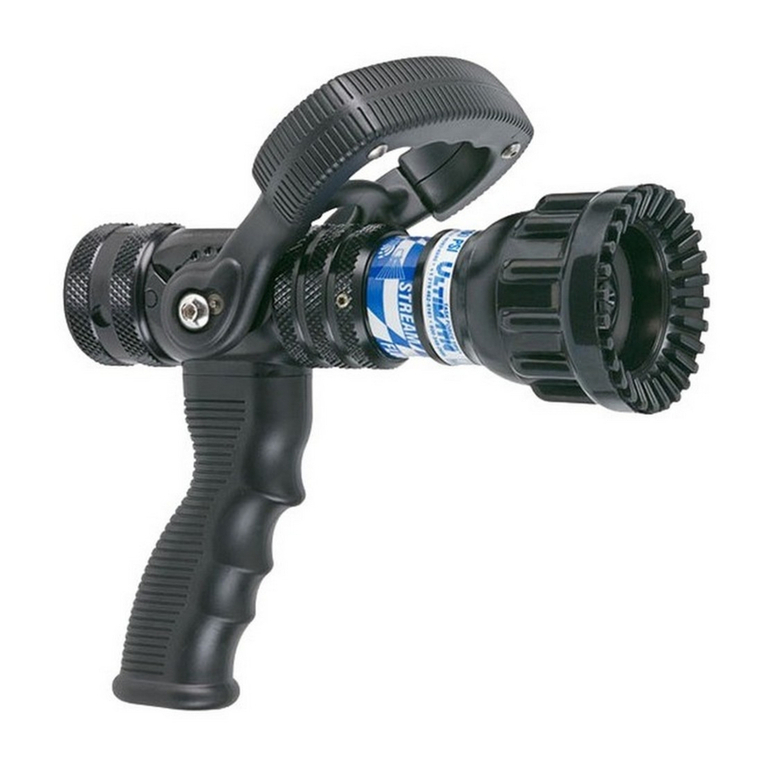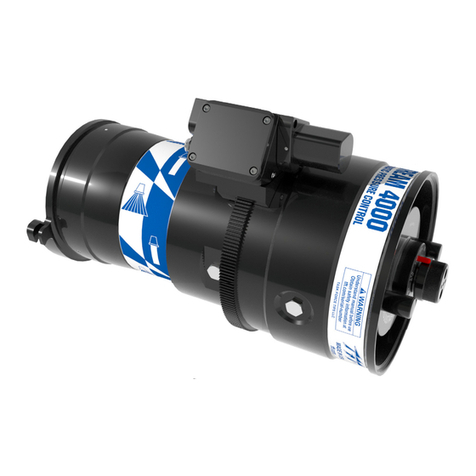
1 Legal note
Deutsch:
Produkt nur einbauen, inbetriebnehmen und
warten, wenn diese Anleitung klar verstanden
wird.
Produkt nur bedienen, wenn die nachfolgende
Anleitung klar verstanden wird.
English:
Do not install, start up and maintain the
product unless you have clearly understood
these instructions.
Do not operate the product unless you have
clearly understood the instructions below.
Français:
N'installer, ne mettre en service et n'entretenir
le produit que si les présentes instructions ont
été clairement comprises.
N'utiliser le produit que si les instructions sui-
vantes ont été clairement comprises.
Español:
Montar el producto, ponerlo en funcionamiento
y realizar el mantenimiento solo cuando se
hayan comprendido claramente estas instruc-
ciones.
Utilizar el producto solo cuando se hayan
comprendido claramente las siguientes
instrucciones.
Български:
Инсталирайте, пуснете в експлоатация и
поддържайте продукта само ако тази
инструкция е ясно разбрана.
Използвайте продукта само ако тази
инструкция е ясно разбрана.
Dansk:
Du må kun installere, idriftsætte og vedlige-
holde produktet, hvis du har forstået denne
vejledning til fulde.
Du må kun betjene produktet, hvis du har for-
stået denne vejledning til fulde.
Eesti keel:
Paigaldage toode, võtke see kasutusele ja
hooldage seda ainult siis, kui saate sellest
juhendist selgelt aru.
Kasutage toodet ainult siis, kui saate alljärgne-
vast juhendist selgelt aru.
Suomi:
Tuotteen asennus, käyttöönotto ja huolto ovat
sallittuja vain, jos tämä ohje ymmärretään sel-
västi.
Tuotetta saa käyttää vain, jos jäljempänä
oleva ohje ymmärretään selvästi.
Ελληνικά:
Η εγκατάσταση, θέση σε λειτουργία και
συντήρηση του προϊόντος επιτρέπονται μόνο
εάν οι παρούσες οδηγίες έχουν γίνει
κατανοητές.
Μην λειτουργείτε το προϊόν εάν δεν έχετε
κατανοήσει πλήρως τις παρακάτω οδηγίες.
Gaeilge:
Ná déan an táirge a shuiteáil, a thosú agus a
chothabháil mura dtuigeann tú na treoracha
seo go soiléir.
Ná oibrigh an táirge mura dtuigeann tú go soi-
léir na treoracha thíos.
Italiano:
Montare il prodotto, metterlo in funzione ed
eseguirne la manutenzione solo se si sono
comprese appieno le seguenti istruzioni.
Utilizzare il prodotto solo se si sono comprese
appieno le seguenti istruzioni.
Hrvatski:
Ugradite, puštajte u pogon i održavajte
proizvod samo ako su ove upute jasno razuml-
jive.
Koristite proizvod samo ako su sljedeće upute
jasno razumljive.
Latviešu:
Produkta iemontēšanu, ekspluatācijas sāk-
šanu un tehnisko apkopi veikt tikai tad, ja dotā
instrukcija ir pilnībā saprasta.
Produktu lietot tikai tad, ja dotā instrukcija ir
pilnībā saprasta.
Lietuvių k.:
Produktą montuokite, pradėkite jo eksploata-
ciją ir techninės priežiūros darbus vykdykite tik
tuomet, jei aiškiai suprantate šią instrukciją.
Produktą naudokite tik tuomet, jei aiškiai
suprantate šią instrukciją.
Malti:
Installa, ikkummissjona u wettaq manutenzjoni
fuq il-prodott biss jekk dawn l-istruzzjonijiet
jinftiehmu b'mod ċar.
Toperax il-prodott biss jekk l-istruzzjonijiet li
ġejjin jinftiehmu b'mod ċar.
Nederlands:
Product alleen installeren, in gebruik nemen
en onderhouden, als de volgende instructies
goed zijn begrepen.
Product alleen bedienen, als de volgende
instructies goed zijn begrepen.
Polski:
Produkt należy instalować, uruchamiać lub
konserwować tylko wtedy, gdy poniższe
instrukcje są w pełni zrozumiałe.
Produkt może być używany tylko wtedy, gdy
poniższe instrukcje są w pełni zrozumiałe.
Português:
Instalar, colocar o produto em funcionamento
e fazer a manutenção somente se as instru-
ções a seguir forem claramente compreen-
didas.
Utilizar o produto somente se as instruções a
seguir forem claramente compreendidas.
Legal note
Operating Instructions / DET-AC III Slave / 916007 / 11-2022 / en_US 7
